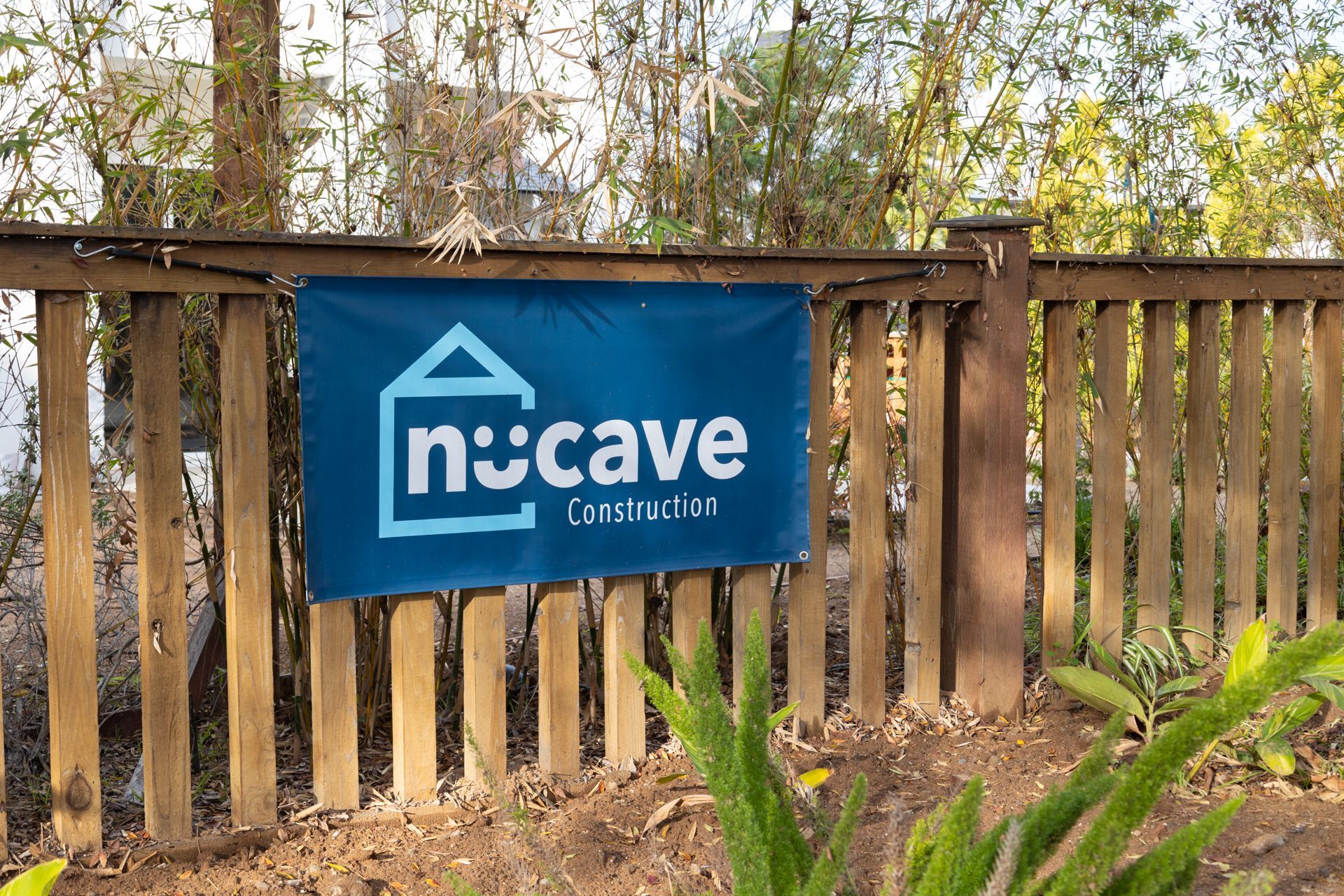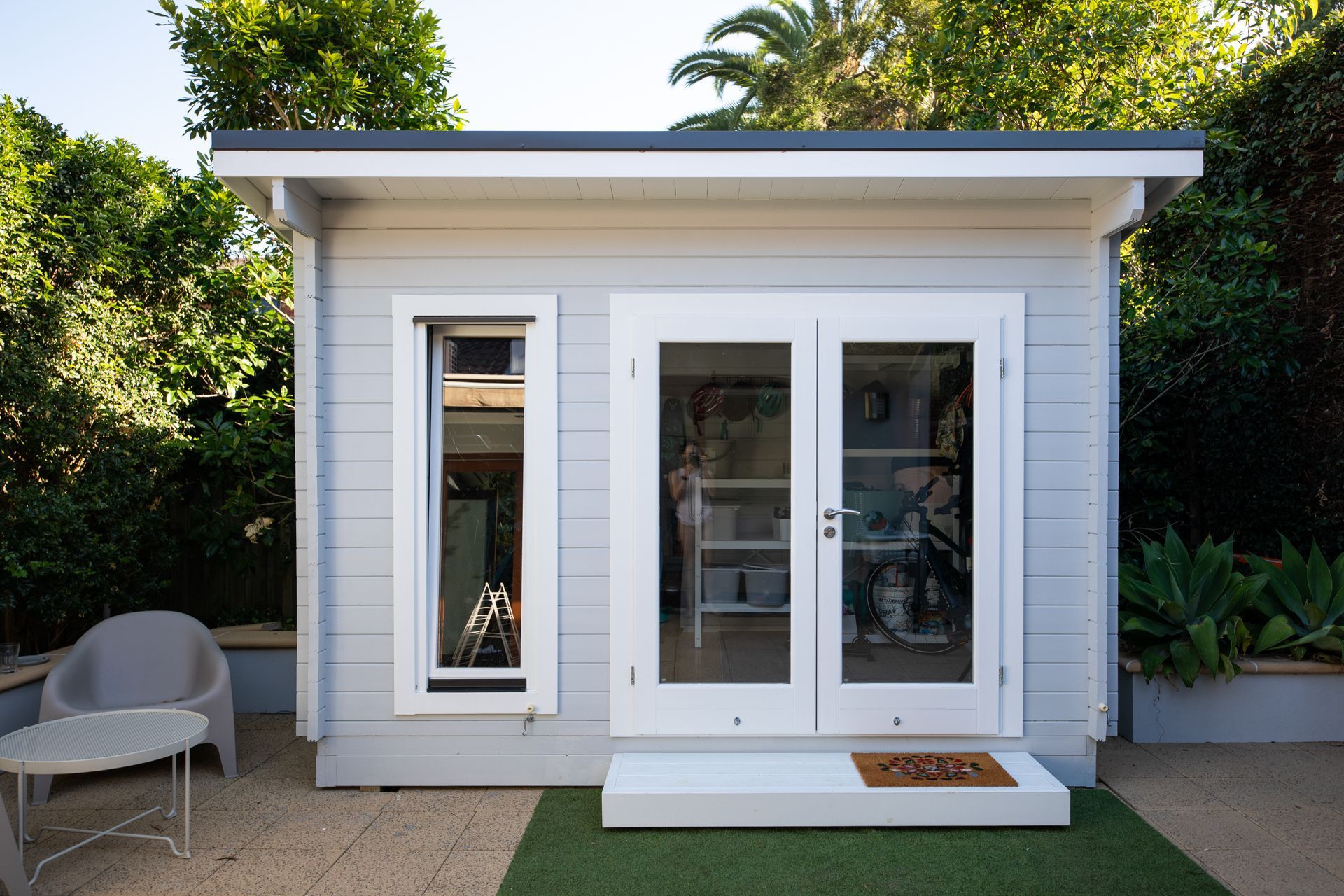Four Ways ADUS Can Be Profitable for You

An accessory dwelling unit (ADU) can potentially provide a source of income in a number of ways. Some common ways in which an ADU can generate income include:
- Renting it out: If you have an ADU on your property, you can choose to rent it out to tenants. This can provide a steady stream of income, depending on the location and condition of the ADU and the local rental market.
- Renting it to short-term guests: If you live in a popular vacation destination or have a lot of visitors, you may be able to generate income by renting out the ADU on a short-term basis, such as through a vacation rental platform like Airbnb.
- Using it as a home office: If you work from home or run a small business, you may be able to use the ADU as a dedicated workspace. This can provide a quiet and professional environment to work, and may be more appealing to potential clients or customers than meeting in a residential home.
- Using it as a guest suite: If you have a lot of guests or family members who visit frequently, you may be able to use the ADU as a comfortable and private guest suite. This can help to generate income by providing a place for guests to stay, and can also save on the cost of paying for a hotel room.
It's worth noting that the potential for generating income from an ADU will depend on a variety of factors, such as the location and condition of the ADU, local market conditions, and the demand for rental properties or short-term accommodations. It may be helpful to research the local market and consider your specific goals and needs before deciding on the best use for an ADU. For more information about the building an ADU in San Diego click here.
Interested in getting started on your next project but don't know where to start? Contact Nucave today! We offer free consultations and will keep your project successfully moving forward with our expertise.



